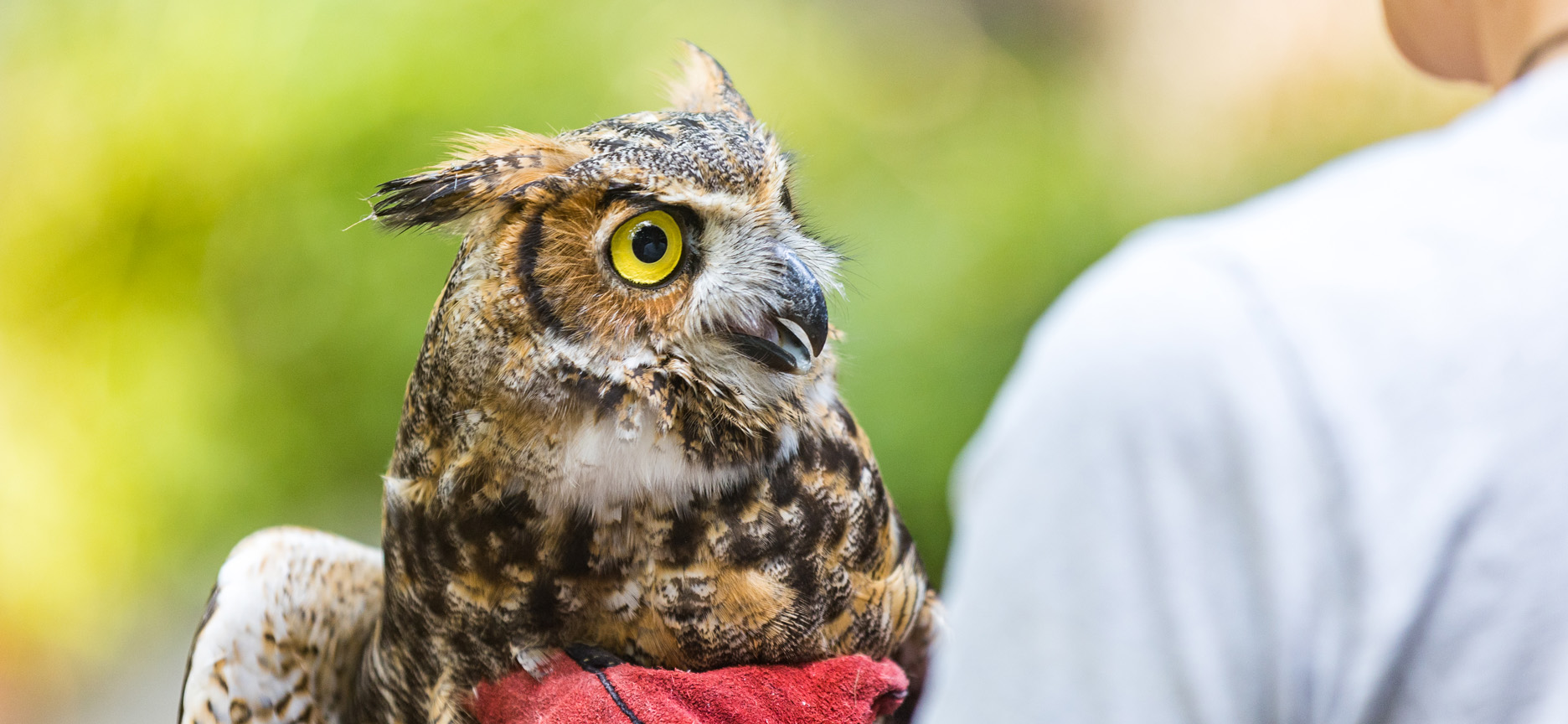The Role of Humane Wild Animals Removal in Protecting Citizen Ecosystems
Humane wild animals removal is not simply a moral factor to consider however a crucial part in securing neighborhood communities. By focusing on non-lethal approaches, it addresses the fragile equilibrium in between human development and wildlife environment conservation.
Understanding Human-Wildlife Disputes
Human-wildlife disputes often develop when the natural habitats of animals converge with human activities, causing competition for resources and room. As urbanization and agricultural expansion continue to elbow in upon wild animals areas, animals such as raccoons, deer, and coyotes discover themselves in closer distance to human populaces. This closeness can result in destructive effect on both wild animals and people, as pets might create damages to plants, facilities, and individual home while humans may inadvertently hurt wildlife via environment destruction and various other anthropogenic stress.
The complexity of these conflicts stems from a variety of factors. Changes in land use, climate modification, and the fragmentation of ecological communities usually compel wild animals to adapt to new environments, occasionally leading them into commercial or property locations. In addition, the accessibility of human-generated food resources, such as waste and animal food, can draw in wildlife to human settlements, intensifying communications and prospective problems.
Addressing human-wildlife conflicts needs a nuanced understanding of pet habits, environmental dynamics, and socio-economic considerations. By examining these guardians, interactions and policymakers can establish strategies that intend to minimize conflicts while maintaining biodiversity and preserving environmental balance. The goal is to foster conjunction and reduce unfavorable effect on both human neighborhoods and wild animals populaces.
Importance of Non-Lethal Methods
Mitigating human-wildlife disputes requires techniques that focus on the health of both animals and human beings. Non-lethal techniques of wild animals removal personify this values by providing remedies that stop injury to wild animals while addressing human issues. These methods include exemption techniques, habitat modification, and making use of deterrents to dissuade wildlife from going into human environments (wildlife rescue burlington). By using such techniques, we can manage wildlife communications without considering deadly procedures, therefore protecting animal populaces and decreasing moral problems related to murder.
Non-lethal methods are essential in preserving environmental balance. They guarantee that varieties proceed to accomplish their roles within environments, such as controlling pest populaces or pollinating plants. In addition, these techniques often prove a lot more effective in the long-term, as removing individual pets can produce a space that is quickly filled up by various other participants of the species or various types completely. This can cause a cycle of continuous removal initiatives, whereas non-lethal deterrents attend to the origin creates of wild animals presence.
Additionally, non-lethal approaches foster conjunction by informing the public regarding wildlife behavior and encouraging harmonious living methods. This awareness can bring about extra sustainable human-wildlife communications, inevitably securing both community passions and pet well-being.
Benefits for Biodiversity
When non-lethal wildlife elimination methods are employed, they add significantly discover here to biodiversity conservation. By making certain the safe moving of pets instead than their removal, these approaches maintain ecological equilibrium and safeguard the honesty of ecosystems.

Furthermore, these methods cultivate coexistence between humans and wild animals, minimizing unfavorable communications and preserving the rich tapestry of life that identifies biodiverse regions. This technique urges a deeper understanding and regard for wildlife, cultivating community support for preservation efforts. Ultimately, gentle wild animals elimination is an important part in protecting biodiversity, making certain ecosystems stay dynamic and useful for future generations.
Methods for Effective Removal
Executing efficient methods for gentle wild animals elimination needs a thorough understanding of pet actions and environment requirements. This understanding serves as the foundation for developing strategies that ensure the honest and risk-free relocation of wildlife.
One more essential method is utilizing exemption methods, which concentrate on securing access factors to protect against pets from going back to frameworks. This approach not just attends to the immediate problem but also works as a long-term remedy, reducing future conflicts between human beings and wildlife. The use of safe deterrents and repellents can urge pets to leave read this article areas willingly, enhancing other elimination efforts.
Capture and moving need to always be a last resort, employed just when pets position a straight danger or are incapable to leave by themselves. In such situations, utilizing gentle traps and making certain the launch of animals in ideal habitats are important to protecting their well-being. Partnership with wildlife specialists and adherence to lawful policies better improve the performance of these approaches.

Promoting Conjunction in Urban Locations
Promoting coexistence in city locations needs a diverse method that balances human development with the requirements of regional wildlife. Urban planners and policymakers must integrate green spaces, such as parks and wild animals hallways, right into city designs to give environments for indigenous species. burlington animal control.
Education and understanding campaigns are essential in fostering a society of conjunction. Citizens need to understand the importance of wildlife and the function they play in local communities. Workshops and informational sessions can furnish communities with useful content understanding on how to decrease disputes, such as safeguarding garbage and utilizing gentle deterrents to protect against wildlife breach.
In addition, modern technology can play a considerable role in advertising coexistence. The usage of wildlife surveillance systems, for example, can aid track animal movements and educate urban preparation decisions. Cooperations in between environmental organizations, city governments, and neighborhood groups can additionally enhance these initiatives, ensuring that city development proceeds sustainably while respecting the eco-friendly balance.
Conclusion
Humane wildlife elimination is vital for maintaining eco-friendly balance and biodiversity by utilizing non-lethal approaches that reduce injury to animal populaces. Recognizing human-wildlife conflicts and carrying out strategies such as exemption strategies and habitat adjustment can properly manage these experiences. Such approaches support the preservation of indigenous varieties and their habitats, enhancing neighborhood involvement and recognition. Inevitably, advertising conjunction in urban areas promotes a harmonious connection in between human beings and the natural surroundings, making certain lasting ecosystems for future generations.
As urbanization and farming development continue to elbow in upon wild animals areas, pets such as coyotes, deer, and raccoons find themselves in closer proximity to human populaces. Non-lethal techniques of wildlife removal personify this principles by supplying services that stop damage to wildlife while dealing with human issues. By employing such strategies, we can take care of wild animals interactions without resorting to dangerous actions, consequently protecting animal populations and lowering ethical issues linked with murder.
Executing effective strategies for humane wildlife elimination needs a detailed understanding of pet actions and habitat demands.Humane wildlife elimination is crucial for maintaining eco-friendly balance and biodiversity by using non-lethal techniques that decrease harm to animal populaces.
Comments on “The Importance of Burlington Animal Control for Area Health And Wellness”